
Elon Musk’s $1 Trillion Pay Package Has Been Approved, Here’s What He Needs to Achieve to Get Paid

Published:
Readtime: 4 min
Every product is carefully selected by our editors and experts. If you buy from a link, we may earn a commission. Learn more. For more information on how we test products, click here.
- Elon Musk edges closer to becoming the world’s first trillionaire.
- Tesla shareholders approve Musk’s ambitious $1 trillion performance-based pay deal.
- To earn it, Musk must sell millions of robots and robotaxis.
- Tesla’s Master Plan IV prioritises autonomy and AI over new electric cars.
- Success could make Musk wealthier than Rockefeller and reshape human civilisation.
Elon Musk is one step closer to becoming the world’s first trillionaire after he won a shareholder vote on Thursday. Votes were cast at Tesla’s recent shareholder meeting, with more than 75% of the board members voting in favour of the pay packet backed by the company’s 10-year growth plan. It’s a performance-based package that would grant shares worth $1 trillion over the next decade if he achieves lofty business goals in vehicle sales, self-driving taxis, robotics, and share valuation.
If Musk can indeed manage these tasks, it’s not just a payout for the wealthiest man in the world, but it’s a glimpse at the future of civilisation.
To achieve this pay packet, Musk will have to sell one million Optimus robots, one million Robotaxis, and convince 10 million people to sign up for the brand’s AUD$150 (NZD$159) per month Full Self-Driving software. However, that’s not all. The world’s richest man will have to increase the value of the Tesla share price six times over in the next decade. That’s unlikely to happen if we humans are driving the cars and doing our own laundry. If Musk gets the job done, it would make him the wealthiest person in American history, worth more than oil tycoon John D. Rockefeller (approximately USD$640 billion).
| Category | 10-Year Target |
|---|---|
| Tesla Market Cap | $8.5 trillion |
| Operating Profit | $400 billion annually |
| Vehicles Delivered | 20 million per year |
| FSD Subscribers | 10 million |
| Robotaxis & Robots | 1 million each |
| Timeline | 2025–2035 |
| Payout Value | $1 trillion (423.7M shares) |
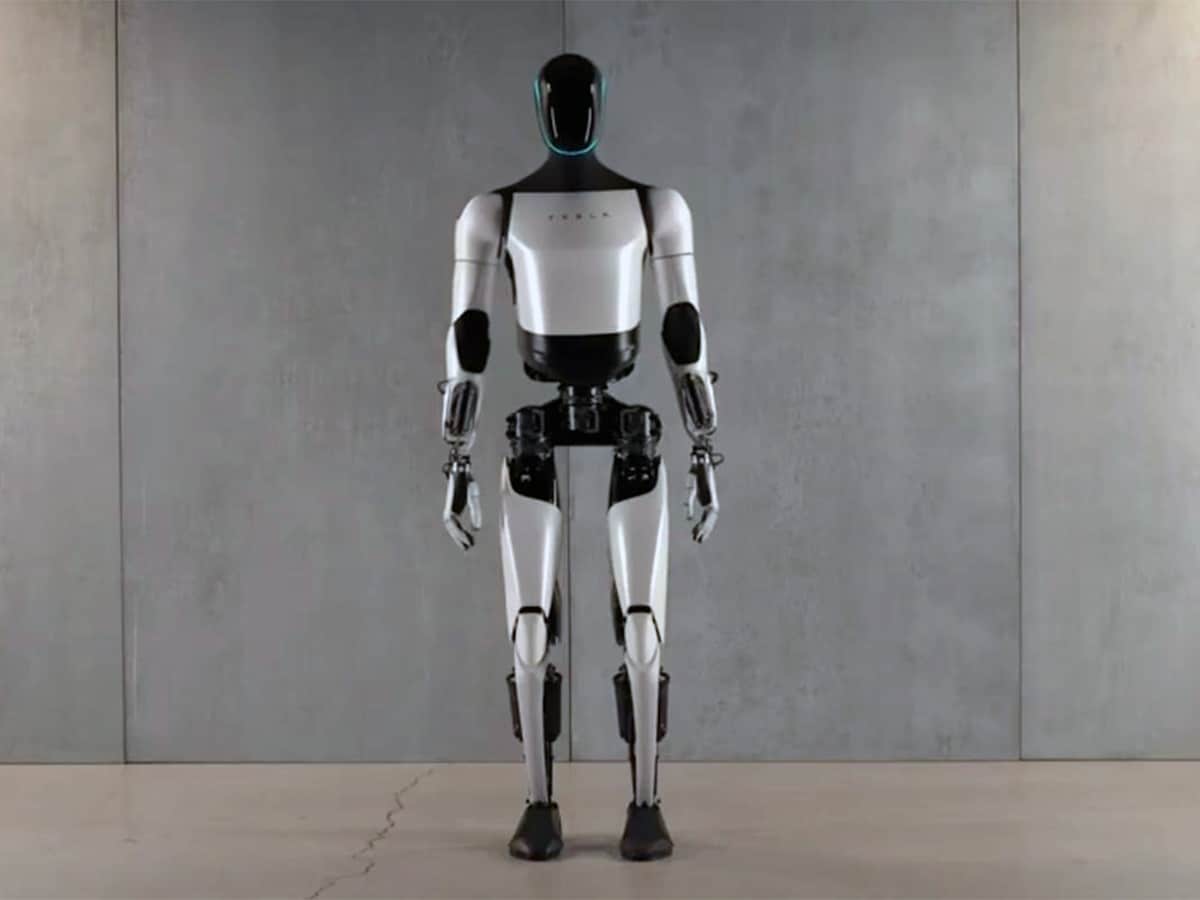
Tesla’s “Master Plan IV,” released in September 2025, makes no mention of new electric cars. The brand is focused on removing humans from the experience entirely, whether that means replacing them with robots that free owners from mundane tasks or driverless taxis. Musk is on record as calling Autonomous-vehicle technology “the product that makes Tesla a ten-trillion-dollar company,” according to his biographer, Walter Isaacson. “People will be talking about this moment in a hundred years,” he continued.
Musk believes cars will account for less than 20% of the company’s value moving forward, and Optimus (the humanoid robot) will likely make up the other 80%.
He’s stated that the Optimus robot would be the “biggest product of all time by far,” one that could see one million robots a year within five years, before saying it’s possible to “literally get to 100 million a year, maybe even a billion a year.” Regarding the actual rollout of the product, the company plans to launch a Version 3 prototype in 2026.

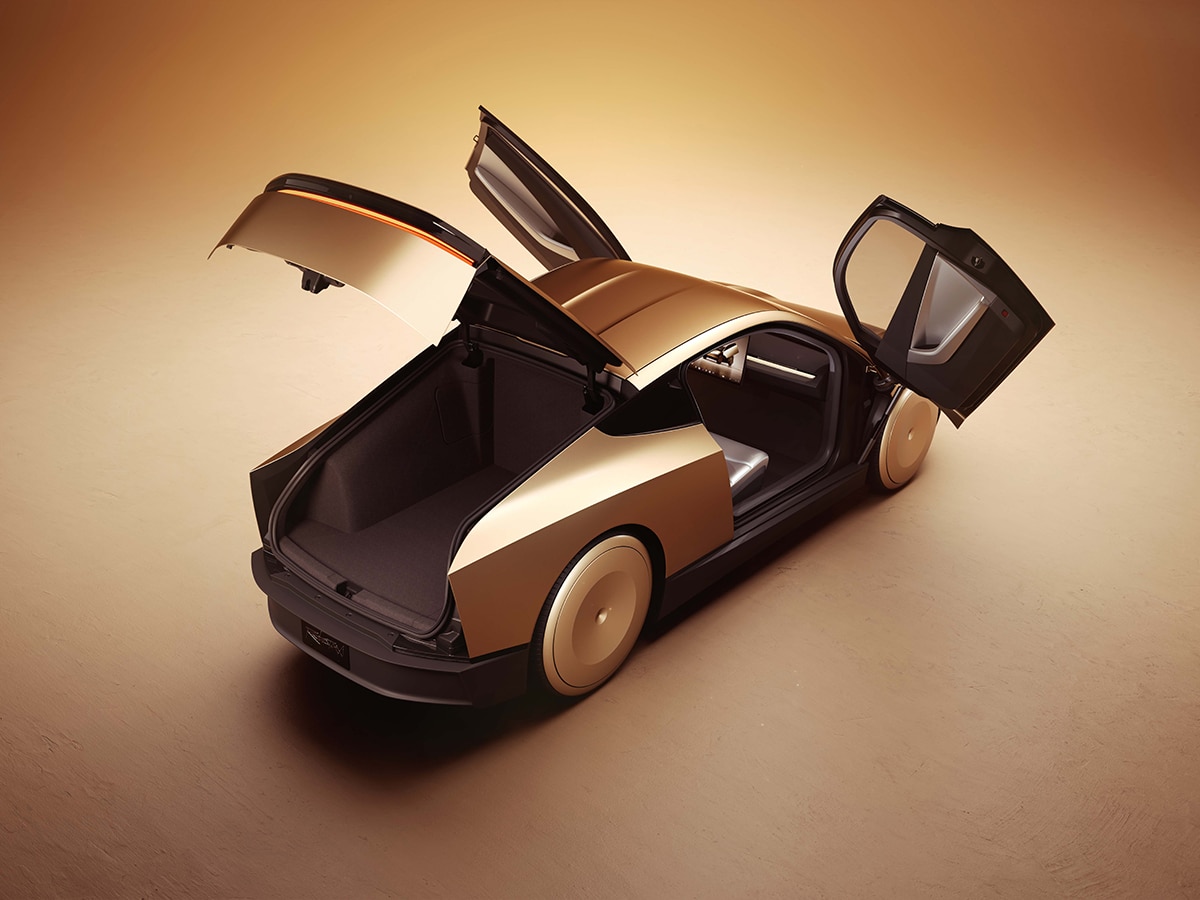


Here’s what his Master Plan IV states:
This next chapter in Tesla’s story will help create a world we’ve only just begun to imagine and will do so at a scale that we have yet to see. We are building the products and services that bring AI into the physical world.
We have been working tirelessly for nearly two decades to create the foundation for this technological renaissance through the development of electric vehicles, energy products and humanoid robots.
Now, we are combining our manufacturing capabilities with our autonomous prowess to deliver new products and services that will accelerate global prosperity and human thriving driven by economic growth shared by all.
We are unifying our hardware and software at scale, and in doing so, we are creating a safer, cleaner and more enjoyable world.
This is sustainable abundance.
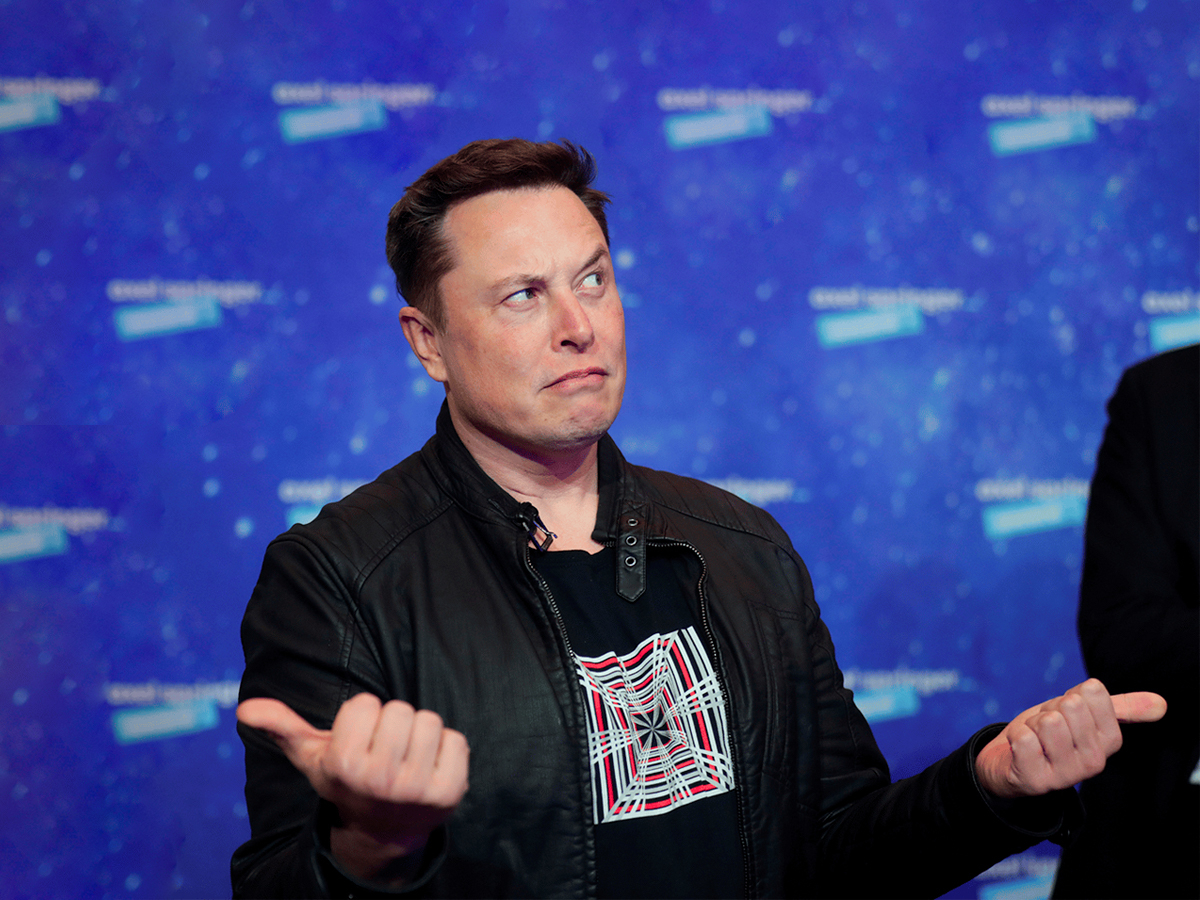
Whether this sounds like an AI-generated utopia written by Grok or not is likely down to your Tesla position and whether your children’s college degree is riding on the success of an otherwise flawed company.
The reality is that Tesla is struggling in the United States, Europe, China, and even here in Australia, where sales are down 26.84% across the lineup so far this year, in the wake of increased competition from Chinese automakers.
Musk’s $56 billion pay package is currently tied up in the courts, but he was the beneficiary of 96 million shares of restricted stock (valued at approximately $29 billion) back in August 2025. Whether he’ll be able to achieve these lofty business goals remains to be seen, but if someone was going to pay you $1 trillion to build robots and get them in the homes of people around the world, I’m sure you’d find a way.




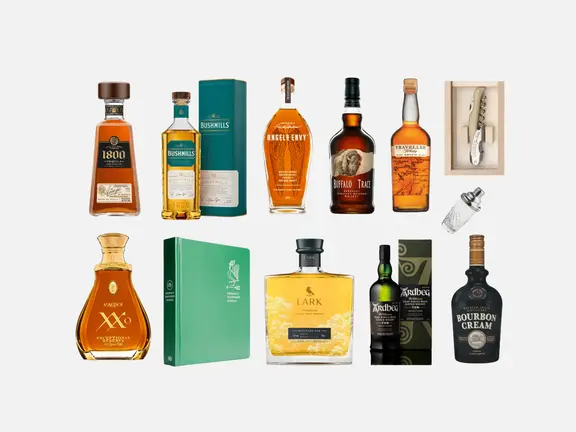






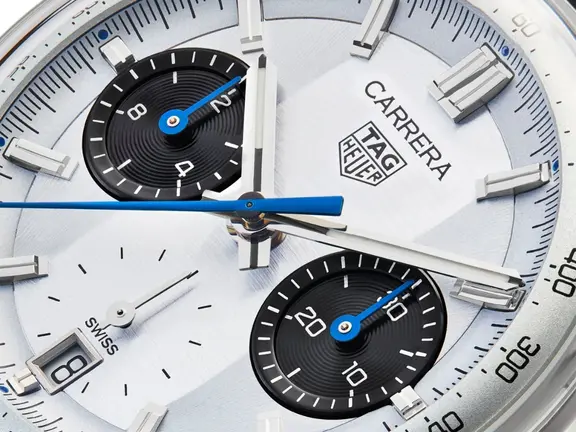
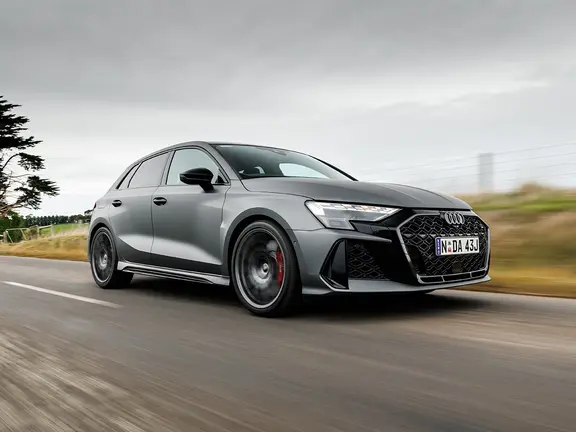
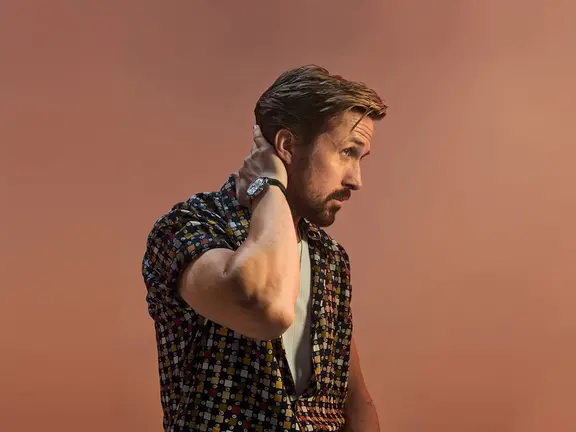

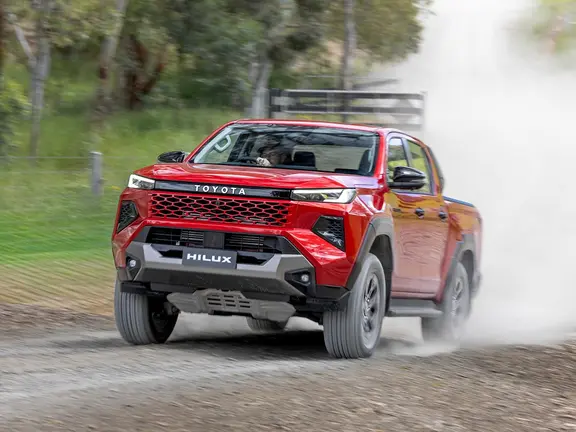
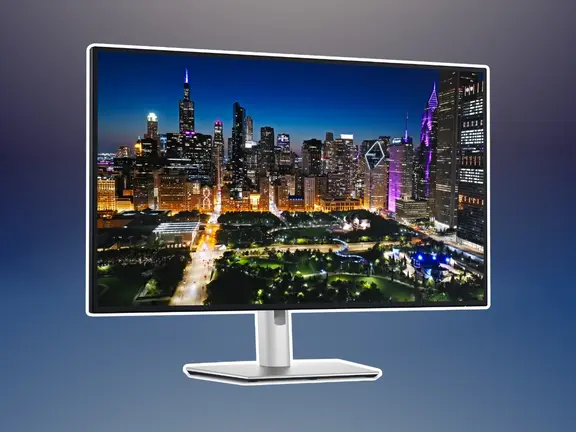




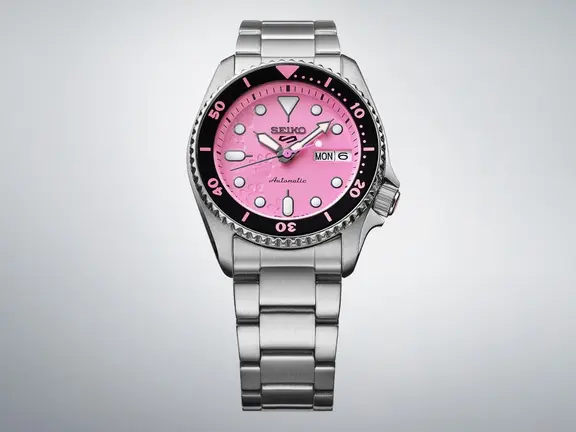

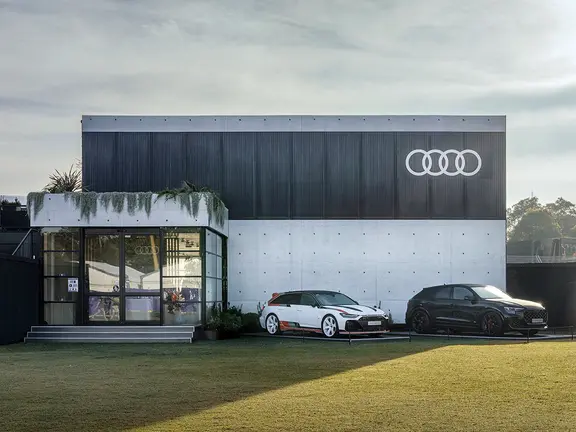





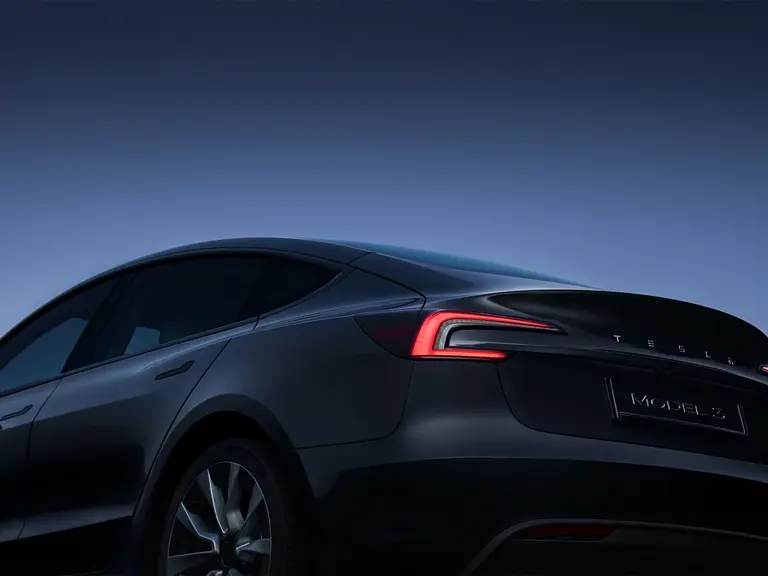


Comments
We love hearing from you. or to leave a comment.